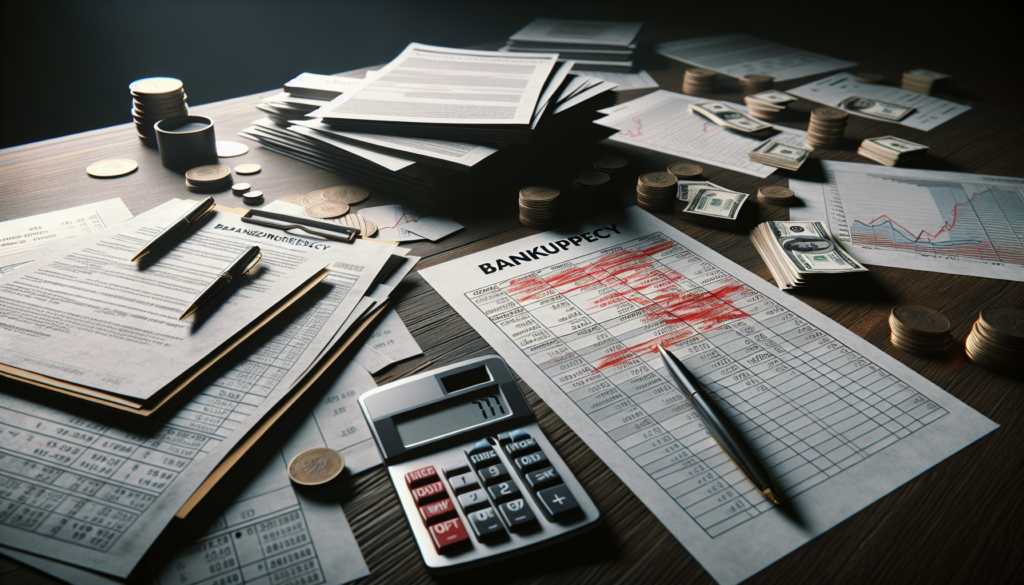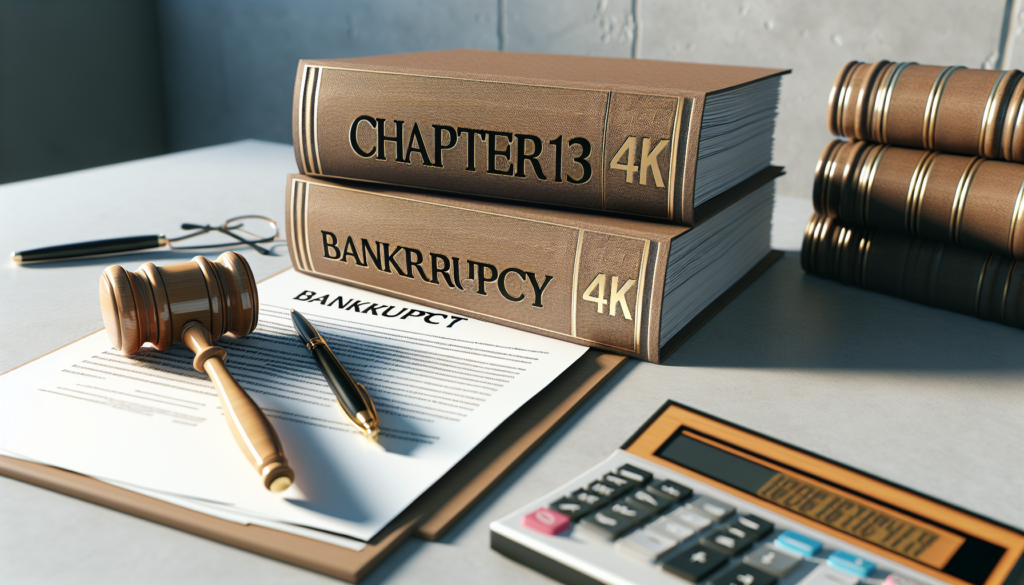
Filing for Chapter 13 bankruptcy is a significant step towards managing and reorganizing your debts. Once you’ve filed, several immediate actions and protections come into play, impacting your financial situation and your interactions with creditors. Here’s what happens immediately after a Chapter 13 bankruptcy is filed:
- Automatic Stay
- The most immediate effect of filing for Chapter 13 bankruptcy is the imposition of an automatic stay. This legal provision halts most creditors from pursuing collection actions against you. It stops foreclosure proceedings, repossessions, wage garnishments, and civil lawsuits related to debts.
- Creditors are generally prohibited from contacting you to demand payment. The stay provides a breathing space to organize your finances without the pressure of impending collection actions.
- Assignment of a Bankruptcy Trustee
- The court will appoint a bankruptcy trustee to oversee your case. This trustee plays a crucial role in reviewing your financial details, administering the repayment plan, and distributing payments to creditors.
- The trustee also ensures that the repayment plan complies with bankruptcy laws and that creditors receive their fair share according to the plan’s terms.
- 341 Meeting of Creditors
- Although not immediate, shortly after filing, you’ll be required to attend a 341 meeting of creditors. This meeting usually occurs within 20 to 40 days after filing.
- During this meeting, the trustee and any attending creditors can ask questions about your finances and the proposed repayment plan. You’re required to answer these questions under oath, providing an opportunity for creditors to understand the plan and raise any concerns.
- Repayment Plan Submission
- You must submit a proposed repayment plan either at the time of filing or within 14 days after filing, depending on the court’s requirements.
- This plan outlines how you intend to pay off your debts over the next three to five years. It must prioritize certain debts, like back taxes and child support, and provide details on how you’ll handle secured and unsecured debts.
- Plan Confirmation
- After the 341 meeting, there will be a confirmation hearing where the court decides whether to approve your repayment plan. Creditors can object to the plan if they believe it doesn’t comply with legal standards or if they’re being treated unfairly.
- If the court approves your plan, you’ll start making payments to the trustee, who then distributes the funds to your creditors according to the plan’s terms.
- Direct Impact on Credit
- Filing for Chapter 13 bankruptcy has an immediate negative impact on your credit score. The bankruptcy will appear on your credit report for seven years from the filing date.
- Despite the initial drop, this step can be the beginning of rebuilding your credit, as it consolidates your debts and establishes a manageable payment plan.
- Ongoing Obligations
- After filing, you must adhere to the terms of the repayment plan and keep up with your regular monthly payments. Failure to make these payments can lead to the dismissal of your bankruptcy case.
- You’re also required to attend financial management courses as part of the bankruptcy process, which can provide valuable skills for managing your finances post-bankruptcy.
Filing for Chapter 13 bankruptcy sets in motion a series of legal protections and obligations designed to help you reorganize your debts and provide a pathway to financial stability. Understanding these immediate and subsequent steps can help you navigate the process more effectively and lay the groundwork for a more secure financial future.


Get a Free Bankruptcy Case Evaluation